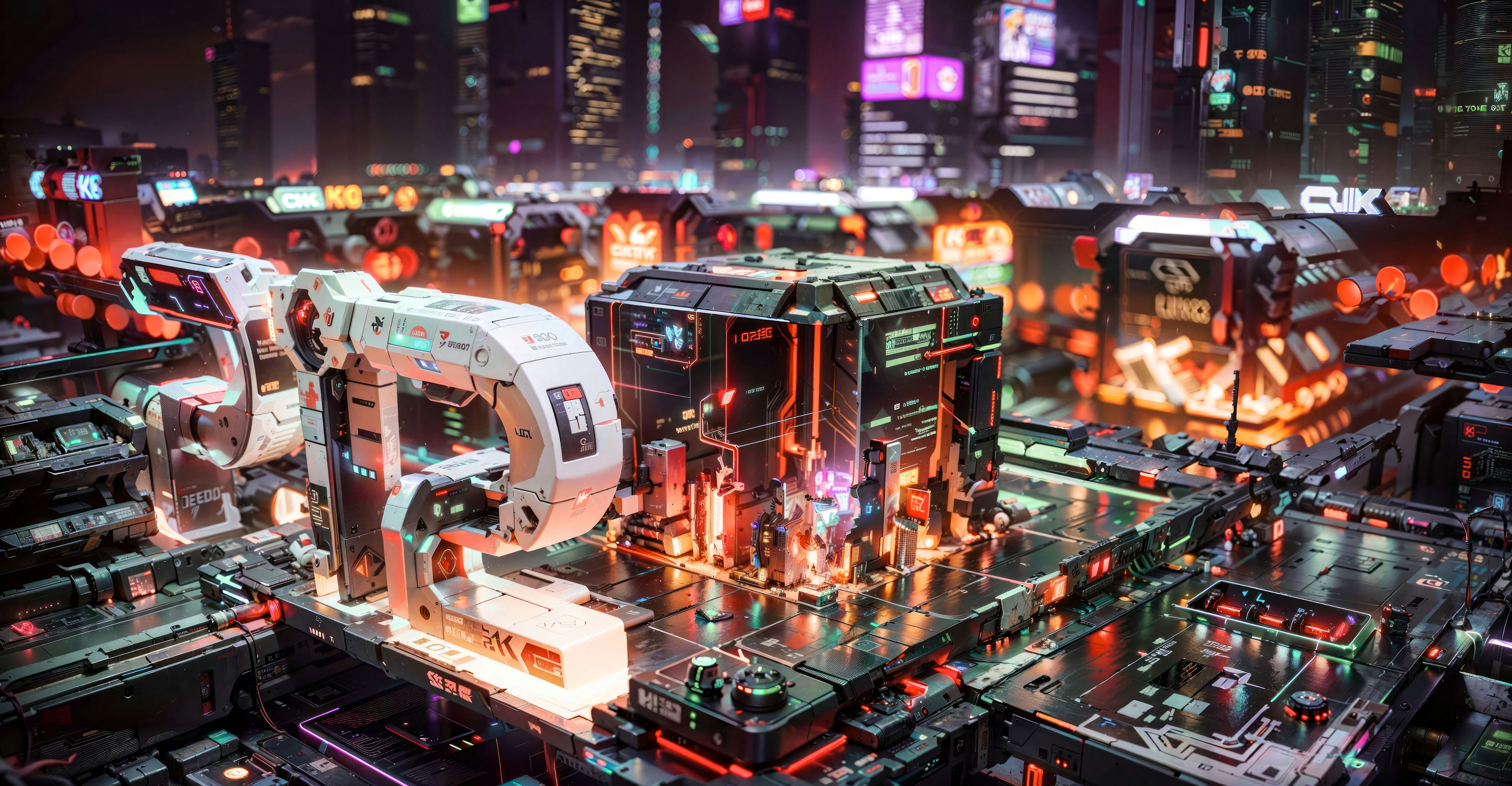
Project Twelve
Project Twelve
Building the first and only GUI Onchain Engine for onchain games and autonomous worlds.
Subscribe to Project Twelve
Receive the latest updates directly to your inbox.

P12 Arcana Mech Updates
In the past 9 rounds of P12 Arcana, we managed to see fantastic works produced by P12 Community Creators (aka Starmakers). Reward distribution method had been unchanged since round 1.

PGE Tutorial: How to Make Your Character Move?
We've seen a numerous dazzling creations in our community, with characters striking fascinating poses. How do they achieve this?

P12 Editor Bootcamp Vol.1 Recap
P12 Editor Bootcamp Series is a series of master classes designed to provide professional and intuitive tutorials on how to use PGE (P12 GPark Editor).









